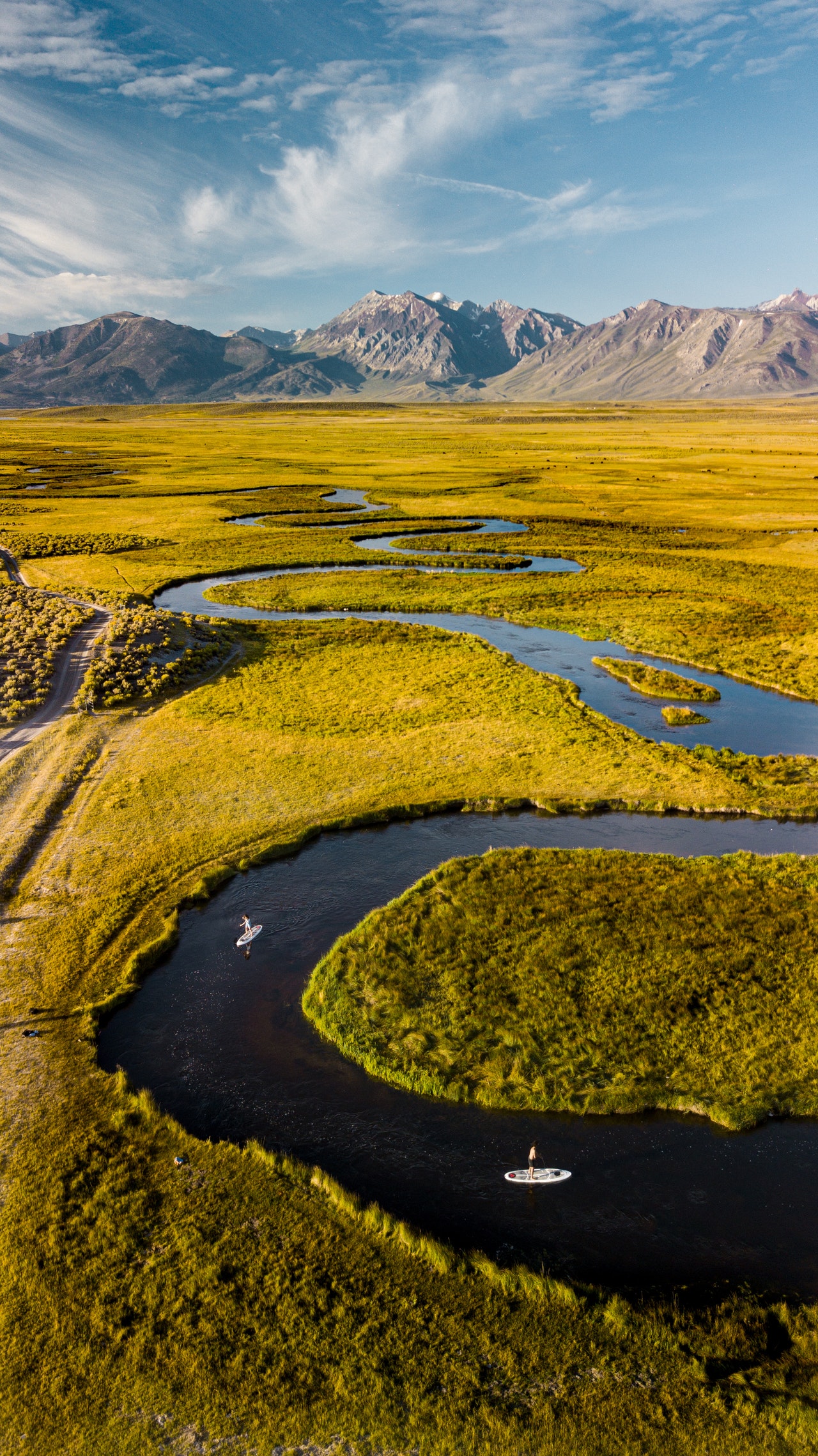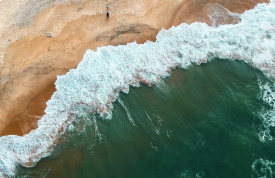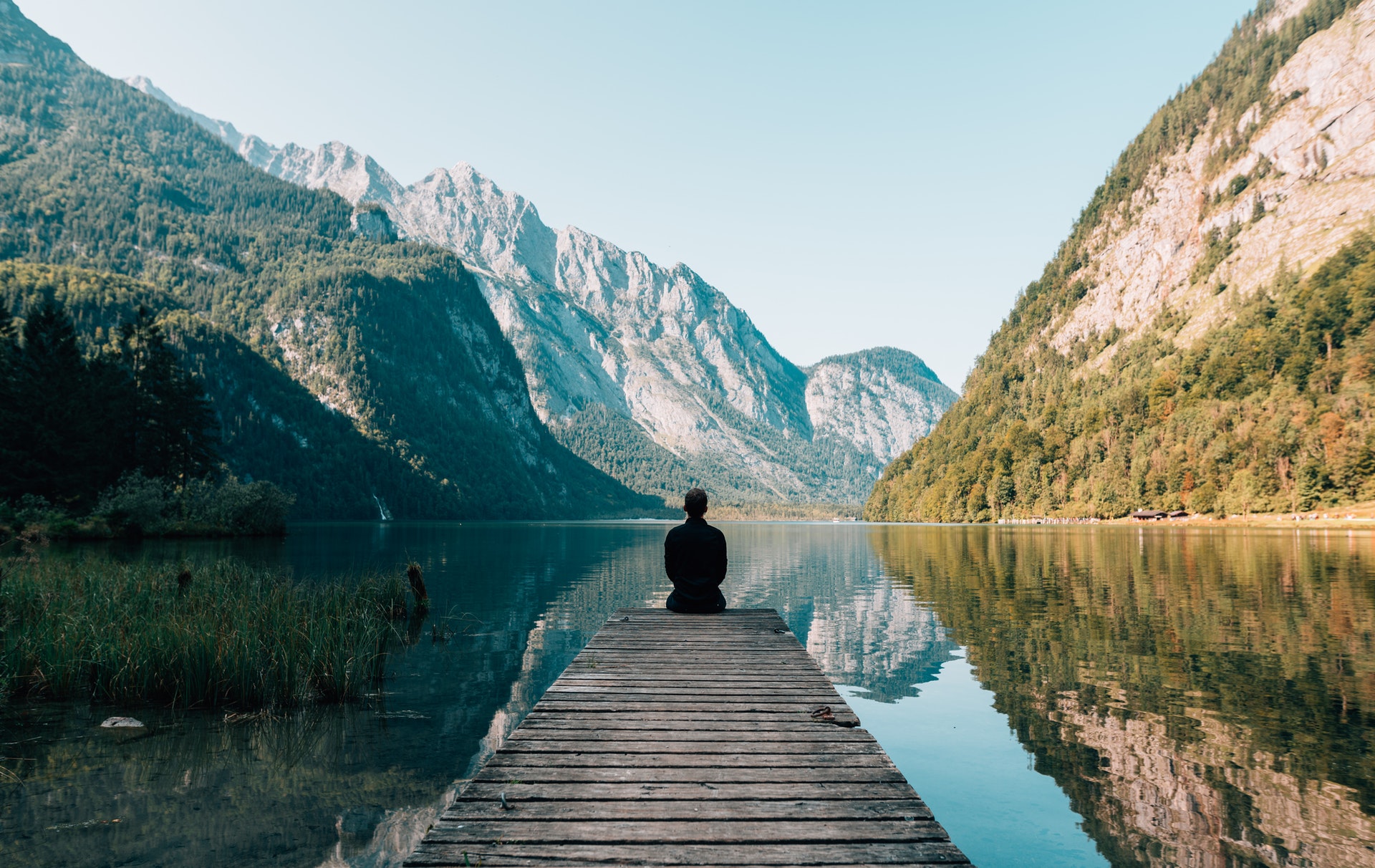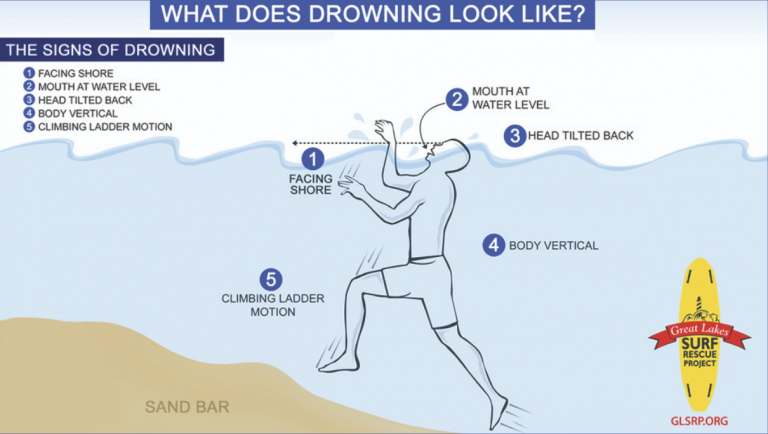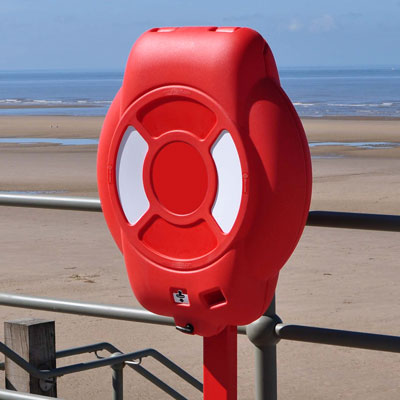We All Know There are No Sharks in Lake Michigan
Shark signs are posted at our non-swimming beaches as a reminder that a lifeguard is not present, and swimming is prohibited. Because swimming off a Lake Michigan beach without a lifeguard on duty can be as dangerous as swimming in shark-infested waters.
The Dangers of the Lake
According to the Great Lakes Surf Rescue Project (GLSRP), Lake Michigan ranks as the deadliest Great Lake where dangerous shoreline currents and strong waves are common. Lake Michigan is 307 miles long and 118 miles at its widest point. When northerly winds travel the length of Lake Michigan, it has a lot of “fetch” to create dangerous currents and high waves. In its simplest term, lake fetch is the maximum length of open water wind can travel. Waves form by the wind. The longer wind blows over a long expanse of water, the more energy builds up, creating bigger, high-energy waves, and those waves create dangerous currents.
The Great Lakes Surf Rescue Project tracks all drownings that happen on the Great Lakes. Since 2010, the GLSRP has tracked over 950 Great Lakes drownings. More than ½ of those drownings happened on Lake Michigan, and ½ of those drownings occurred at this southern tip of the lake (Milwaukee to Chicago to Northwest Indiana to Southwest Michigan).
Lifeguards Save Lives! Be Smart!
Only swim at a beach with a lifeguard on duty. Rosewood Beach, located at 883 Sheridan Road, is our designated swimming beach and lifeguards are on duty every day from 10am-6pm from Memorial Day weekend thru Labor Day. For more information on Rosewood Beach, click here.
Signs of Drowning
Drowning is one of the leading causes of accidental death in the U.S. and the world. According to the Center for Disease Control, drowning is the #1 cause of accidental death in children 1-4, and #2 in children under 15. Most people who drown are good swimmers. Unlike in movies, drowning happens quickly and often quietly. Drowning victims are often silently trying to stay above water, facing the shore and making motions as if they are climbing a ladder. Their body will be in a vertical position in the water, head back, and mouth at water level.
Life Rings & Lake Michigan Rescue Equipment Act
Per the Lake Michigan Rescue Equipment Act, all of our beaches are equipped with life rings.
Life Ring Locations
- Rosewood Beach
- Millard Beach
- Moraine Beach
- Park Ave Boating Facility
Tampering or Misuse of Life Rings
Theft of Government Property Is a Class 4 Felony: The Park District of Highland Park will prosecute any theft of this life safety device under 720 ILCS 5/16-1.
Report broken or missing equipment to 847.831.3968.
How to Use a Life Ring
- If possible, send someone else to call 911 emergency services
- Pick up life ring and grab the rope
- Throw life ring beyond victim
- Draw into victim’s grasp
- Pull victim steadily to safety
Lakefront Drowning Report
Per the Act, each unit of local government owning a pier or drop-off on Lake Michigan shall track and, at a minimum of twice per year, publish on the unit’s website a report on lakefront drownings of which the unit is aware that have occurred within 100 feet of the unit’s piers and drop-offs.
Beach Regulations
To ensure Rosewood Beach is enjoyable for all, visitors are expected to exhibit appropriate behavior at all times. It is required that all patrons adhere to our Behavior Management Policy. Your compliance is required and appreciated.
- Climbing on rocks is prohibited
- Flotation devices are prohibited in the water
- Bonfires, grills, and glass containers are prohibited
- Swim only during public swimming hours and in designated areas
- Children under the age of 11 must be accompanied by an adult
- Diving from the shoreline or rocks is prohibited
- Please dispose of all litter in the receptacles provided
- For Public Safety Dogs are not allowed at Rosewood Beach – The new Rosewood Beach amenities are expected to increase the public’s use of the beach areas, and the presence of dogs and other pets creates a safety and sanitation concern. Therefore, for the safety and well-being of our beach visitors, dogs and other pets are not allowed at lower Rosewood beach including the boardwalk, bridges, and beach (per Park District Ordinance No. 15-04, section 2.03-e).
Critical Life-Saving Tips from the Great Lakes Water Safety Consortium
Life jackets are cool but drowning? Not so much. Navy Seals are the best swimmers in the world, and they wear them. You don’t put your seat belt or bike helmet on as you’re crashing. Don’t just bring it, wear it!
- Look for Lifeguards: Only swim when a lifeguard is present. Always swim within view of a lifeguard, and go to the guard if you need help.
- Know How to Swim: Year-long lessons keep everyone strong and safe in the water.
- Discuss Water Safety Rules in Advance: Discuss beach/water safety before you head to the beach.
- Assess Everyone’s Swimming Ability: Adults – Always personally assess the swimming abilities of all children in your care. Don’t rely on what others tell you.
- Coast Guard Approved Life Jacket: If you or a child needs a life jacket, wear a life jacket.
- Stay Within an Arm’s Reach: Adults – stay within arms-reach of all children in your care even if they are wearing a life jacket.
- Swim with A Buddy: There is safety in numbers.
- Enter Water Feet First: Serious injuries can occur by diving into unknown water.
- Flip, Float, and Follow: If you get caught in a strong current or other drowning situation, you should flip, float and follow. First, flip onto your back and float, keeping your head above water. Floating can help calm you down and helps to conserve your energy. Finally, follow the current until you no longer feel the pull, and it is safe to try and swim back to shore. Never try to fight a current. Also, if you are close to the shore, call out for help.
- Play it Safe in the Water: No piggyback / shoulder rides, no breath-holding games and no sinking toys.
- Know the Weather: You don’t want to come during inclement weather.
- Protect Yourself from the Sun: You can get sunburned on an overcast day, always wear sunscreen and reapply often.
- Hydrate and Refuel Often: The sun can drain your energy, drink and eat often throughout your day.
- Steer Clear of the Pier: Structural currents occur where a structure, like a pier, changes the flow of the water as waves bounce off the beach. They may occur at fixed locations such as groins, jetties, piers, or other man-made structures where water can be funneled out to open water in a narrow channel. In areas with structures, structural currents may result when longshore currents running parallel to the shore are deflected offshore by the structure. Even in calm weather, these currents can exist, unseen below the surface of the water.
- Stay Dry when the Waves are High: Waves can not only create dangerous currents, but they also can crash over structures like piers, knocking people off of them. It doesn’t take much water to knock an adult off their feet and into the water, where they may injure themselves on rocks alongside the pier or end up in the water at risk for drowning. It is best to stay away from the water when the waves are high.
- Break the Grip of the Rip: Rip currents, the most well-known type of current, can occur at any beach when there is wave action. Rip currents have always been in the Great Lakes, and they can be even more dangerous than those in the ocean because the escape time between waves is often less. People caught in these currents find themselves being pulled out into deeper water, even while actively swimming against the current. These channels and currents can form and change location very quickly when there is high wave action. If you get caught in a rip current, don’t fight the current, but swim parallel to the shore until you leave the channel and can swim back to the beach.

